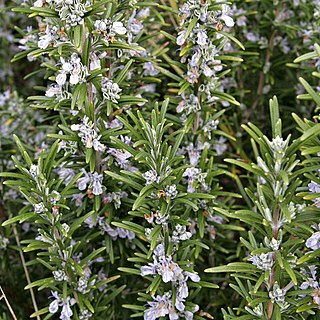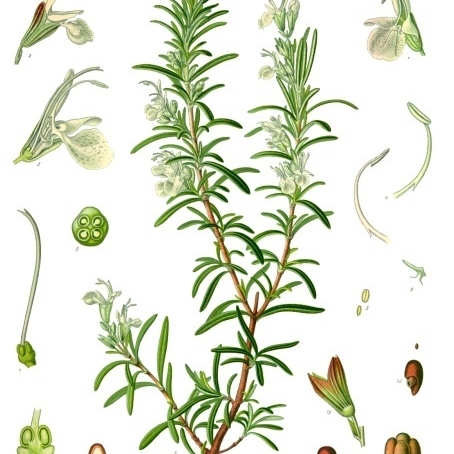| Therapeutic use
|
Antirheumatic agents (aerial part), Common cold (aerial part), Diuretics (aerial part), Menstruation-inducing agents (aerial part), Anti-infective agents, local (flower), Anti-inflammatory agents (flower), Appetite stimulants (flower), Astringents (flower), Flatulence (flower), Abdominal pain (leaf), Anthelmintics (leaf), Antifungal agents (leaf), Anti-infective agents (leaf), Anti-infective agents, local (leaf), Anti-inflammatory agents (leaf), Antioxidants (leaf), Antirheumatic agents (leaf), Appetite stimulants (leaf), Astringents (leaf), Common cold (leaf), Digestive system diseases (leaf), Diuretics (leaf), Dyspepsia (leaf), Flatulence (leaf), Hypoglycemia (leaf), Menstruation-inducing agents (leaf), Urolithiasis (leaf), Abortifacient (unspecified), Headache (unspecified), Ache(Stomach) (unspecified), Alopecia (unspecified), Amenorrhea (unspecified), Antiseptic (unspecified), Aperient (unspecified), Asthma (unspecified), Astringent (unspecified), Bactericide (unspecified), Bilious (unspecified), Calmative (unspecified), Cancer (unspecified), Cancer(Liver) (unspecified), Cardiotonic (unspecified), Carminative (unspecified), Catarrh (unspecified), Cholagogue (unspecified), Cold (unspecified), Colic (unspecified), Contraceptive (unspecified), Disinfectant (unspecified), Diuretic (unspecified), Douche (unspecified), Dysmenorrhea (unspecified), Dyspepsia (unspecified), Emmenagogue (unspecified), Evil eye (unspecified), Fumitory (unspecified), Intellect (unspecified), Lung (unspecified), Nerves (unspecified), Nervine (unspecified), Paralysis (unspecified), Repellant(Witch) (unspecified), Rheumatism (unspecified), Rubefacient (unspecified), Sore(Throat) (unspecified), Spasm (unspecified), Stimulant (unspecified), Stomach (unspecified), Stomachic (unspecified), Stress (unspecified), Sudorific (unspecified), Tonic (unspecified), Tranquilizer (unspecified), Wart (unspecified), Fumigant (unspecified), Sinusitis (unspecified), Wen (unspecified), Chill (unspecified), Diaphoretic (unspecified), Cold(Head) (unspecified), Liniment (unspecified), Protisticide (unspecified), Tea (unspecified), Tumor (unspecified), Vermifuge (unspecified), Vulnerary (unspecified), Metrorrhagia (unspecified), Abdominal pain (unspecified), Anti-infective agents (unspecified), Anti-inflammatory agents (unspecified), Antineoplastic agents (unspecified), Antioxidants (unspecified), Antiviral agents (unspecified), Common cold (unspecified), Dandruff (unspecified), Flatulence (unspecified), Hypertension (unspecified), Irritant (unspecified), Abdominal pain (whole plant), Digestive system diseases (whole plant), Flatulence (whole plant), General tonic for rejuvenation (whole plant)
|


